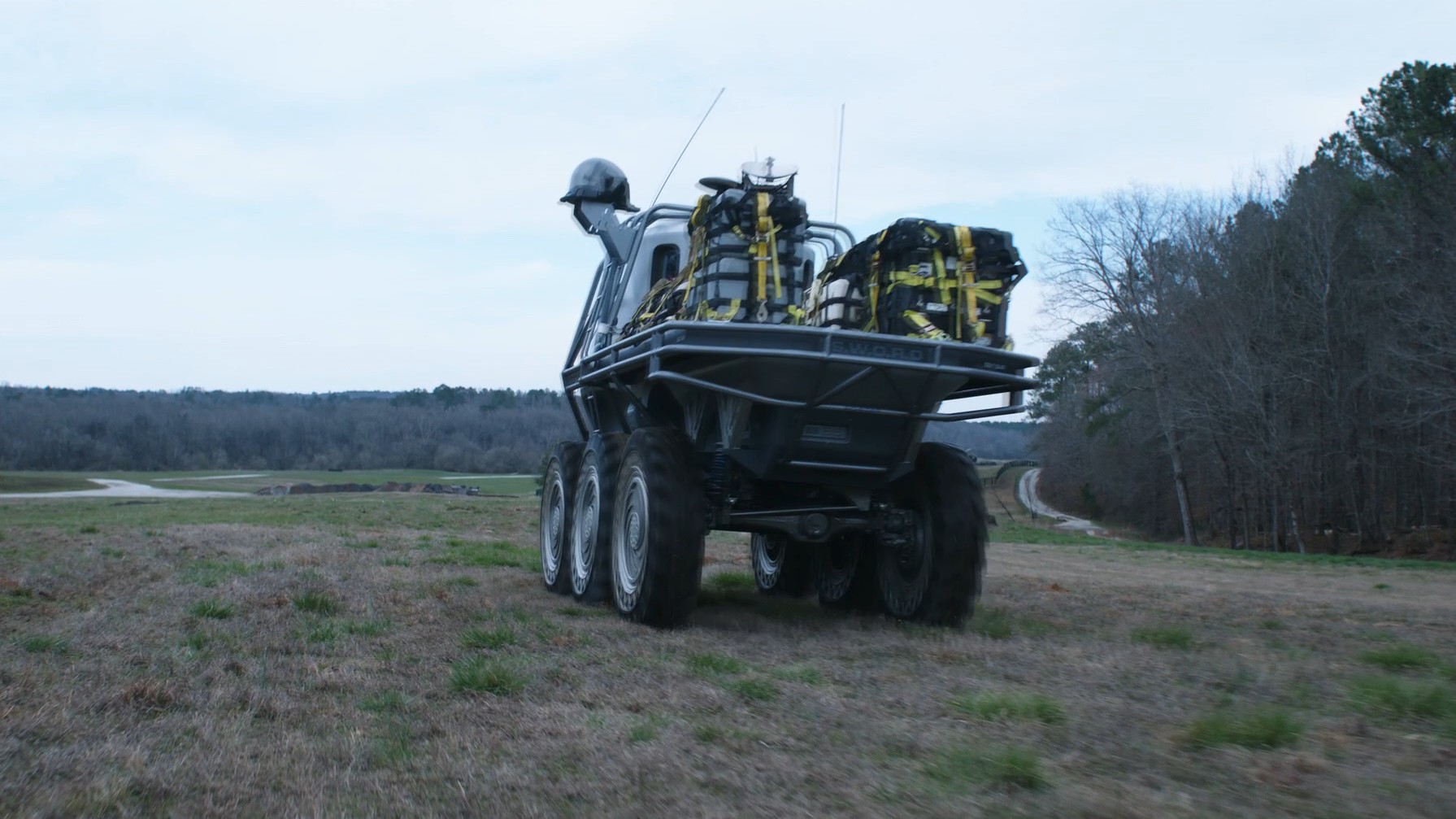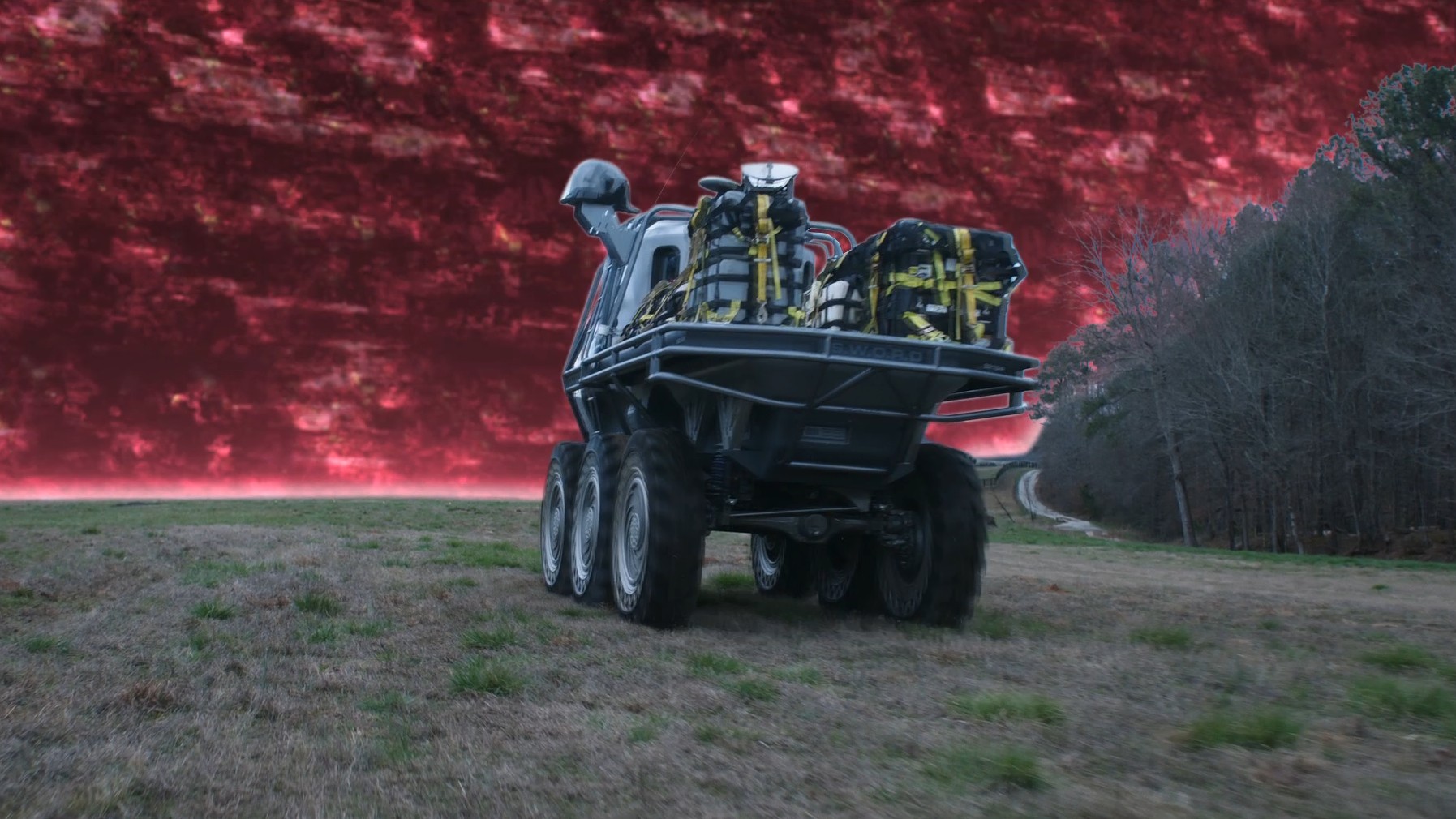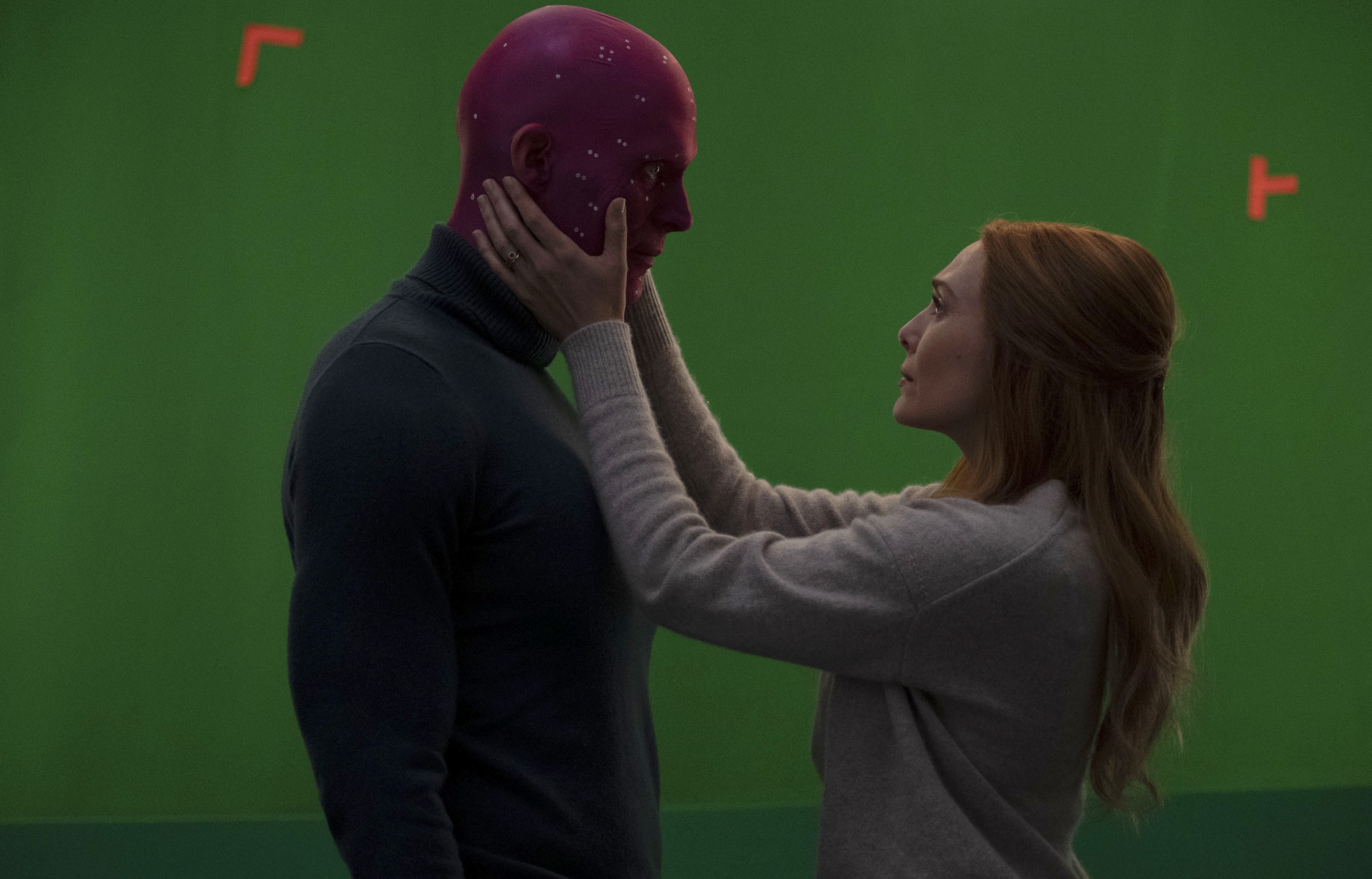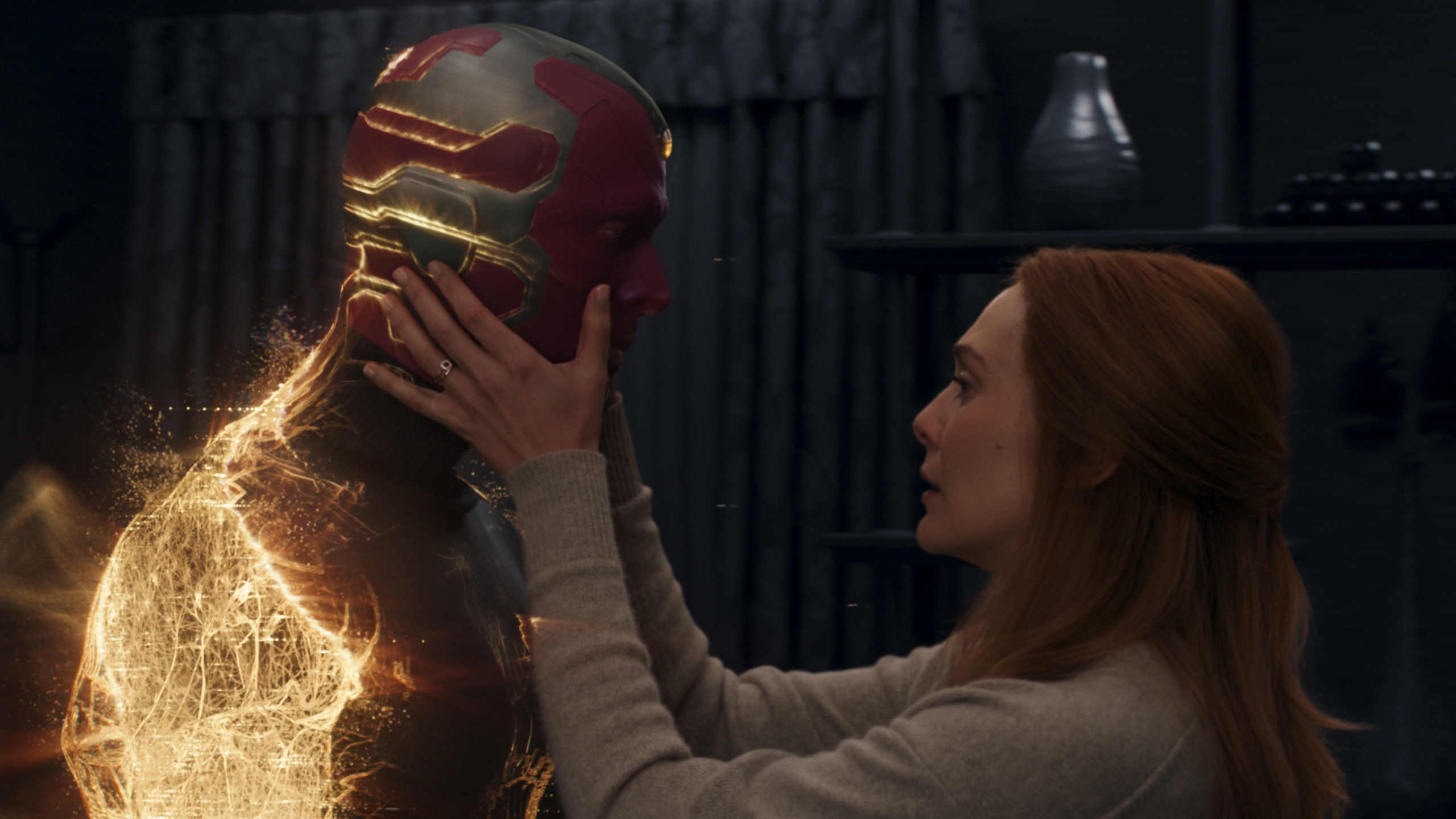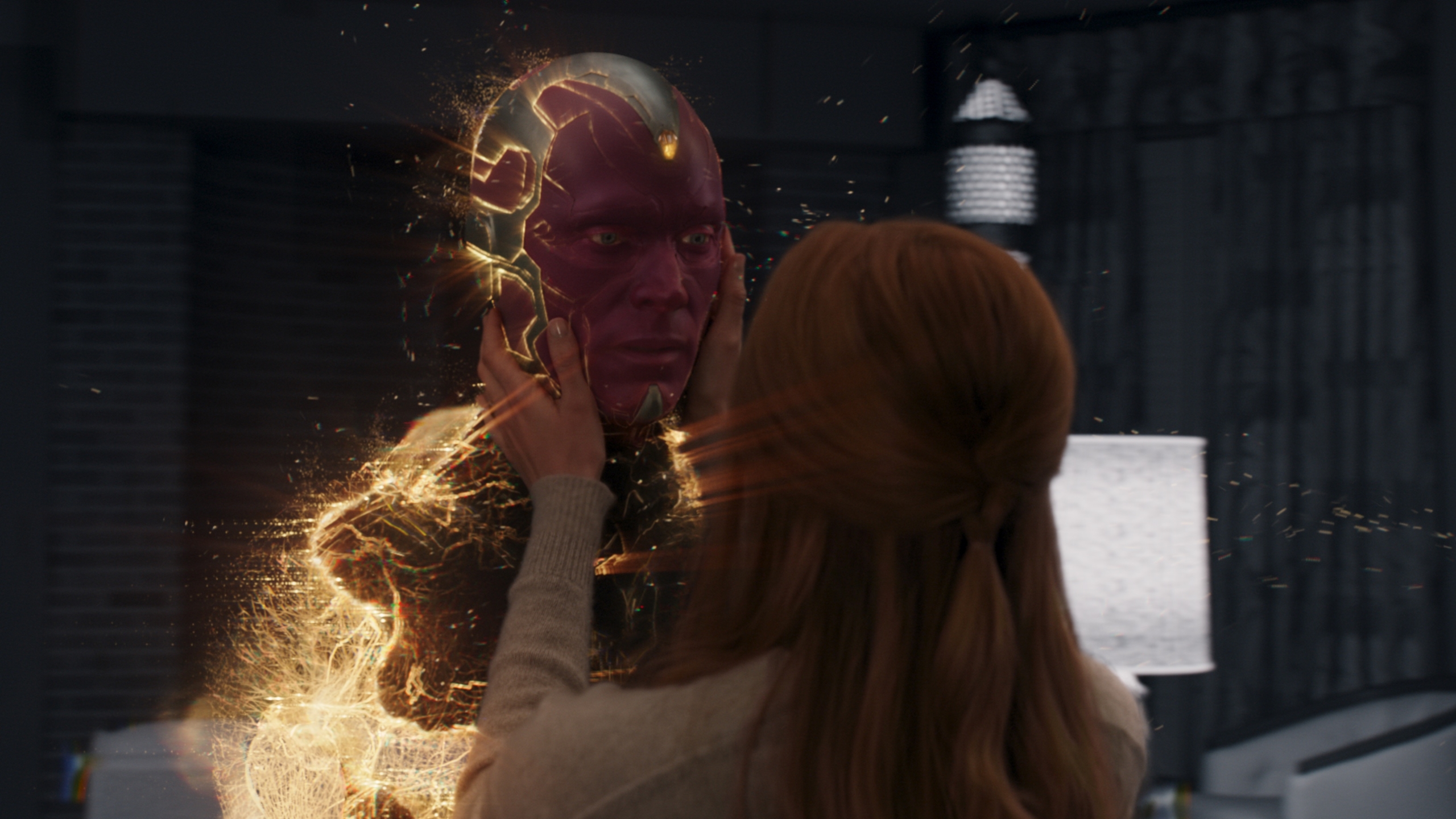There was a lot of pressure on Marvel’s WandaVision when it premiered in January following a year without any movies or series set in the Marvel Cinematic Universe. The show delivered on those high expectations, though, with one of Marvel’s most unique projects to date.
Across nine fascinating episodes, WandaVision presented the state of the MCU after Avengers: Endgame and explored how the events of that film affected Wanda Maximoff (Elizabeth Olsen) and other new and familiar characters, and took a surprisingly poignant dive into the way we process grief and loss. It did so against an ever-changing backdrop of classic television sitcom tropes and mind-bending moments that made innovative use of visual effects to mix classic and modern aesthetics in ways that kept audiences guessing about the mysteries at the heart of the series.
Overseeing the amazing visual effects of WandaVision was the show’s VFX supervisor Tara DeMarco, who spoke with Digital Trends about the experience of creating a new kind of magic with Marvel’s hit series.
The following interview references key plot points in WandaVision, so consider this a spoiler warning if you haven’t watched the series.

Digital Trends: When you first got a look at what was planned for the series, with its sitcom aesthetic that changes dramatically with each episode, what were your initial thoughts?
Tara DeMarco: I thought it was amazing. It was such a cool pitch to move through the eras of sitcom. I mean, how amazing is that?
The look and tone of the episodes change so much with the time periods. Did your approach to the visual effects change in any way from one episode to the next?
Absolutely. The visual effects change from one episode to another based on sitcom and film research from each of the eras. We would take inspiration and check in with [series director] Matt Shakman and make sure he felt the same inspiration. We had touchstone imagery we wanted, and we had to know what would be possible or not possible — whether it was puppeteered effects or color effects, for example. Once we knew that, we then tried to lean into what was possible for each era.
There’s such an overarching TV aesthetic to everything that happens and everything we see in WandaVision, from the way the hex barrier around town looks to the way we — both the real audience and the people outside Westview — view what’s happening. How did visual effects shape that element of the show?
We spent a lot of time in prep and in production discussing whether a scene was inside the hex, in sitcom, or if it was outside the hex, in the real world. That would drive all of the other decisions about lensing, palettes, tone, and even the camera. That informed all of the finishing — in terms of colors and how we treated the visual effects — based on the era they were meant to reference.
Whenever a character or an object goes through the hex boundary, it’s essentially going from the real world that we’re in, into the sitcom world of whichever era it’s changing into. So we had a good blueprint for moments like, “Okay, we know that this S.W.O.R.D. agent is going to become a beekeeper [when he crosses through the boundary], and the beekeeper will end up in the end of this episode.” So in having to plan all of those transitions, we knew ahead of time we would need to have visual effects help get us from A to B in those transitions.
This series is important for the MCU because it broadens the scope of magic beyond Doctor Strange’s adventures and into the more mainstream Avengers world. The way magic looks and is used is different in WandaVision. What was the discussion like when planning out how visual effects would shape the look of magic in the show?
Wanda’s magic in the early episodes looks the same as it did in the MCU. It’s the same red power. But when she progresses into discovering that she’s the Scarlet Witch, she embraces this chaos magic, which is what poured out of her when she created vision. It’s a little bit darker and richer. We were trying to show a little bit of the language of television in there, and just generally that it was more powerful. So the story point of Wanda’s power growing was what drove the change in the visual for her magic.
How about with Agatha’s magic?
Agatha’s magic we developed as we were doing the mind control of the cicada in the basement. We all loved this sort of lit, inky, evil-looking magic for this evil witch. So that wasn’t necessarily preplanned. We knew that it should be a little bit black and a little bit purple, but we played with it until it felt appropriate to the character.

I saw a report that suggested there were more visual effects in WandaVision than Avengers: Endgame, and given that WandaVision a much longer project overall, I guess it would make sense. But is that true?
That is technically the case. [Laughs] We have more shots, at least. But I would say that Thanos and Smart Hulk [in Endgame] are incredible visual effects with CG faces based on real humans, and those films may have had some significant visual complexity to their work.
Is there a particular visual effect you’re really proud of in the series? Maybe something people don’t realize is a visual effect?
You know what’s astounding is the fact that the world is surprised after seeing Assembled: The Making of WandaVision that Vision has a CG face. Vision always had a CG face. I think people just didn’t know about it because of the care that went into preserving the performance and making sure that Vision looked like Vision in every scene. We’ve always known that, though!
I wasn’t aware of that, to be honest. I assumed it was an augmented version of Paul Bettany’s face, but not extensively CG…
Exactly! We augmented Vision’s face more in this project than it was in previous, but only by a little bitty bit. He’s always had a significant amount of CG that is part of the character. The sheer amount of work on sitcom Vision, MCU Vision, dead Vision, and then dead Vision on the operating table, and then Vision being created, and Vision being let go… Well, there was just so, so much Vision work, but we love it all. We’re very proud of all of those iterations. Oh, and White Vision, too! It’s all amazing.
Outside of Vision, who is front and center for so much of the show, are there any more subtle effects you’re particularly proud of in the show?
We did a fair amount of supporting visual effects work in the exteriors. We shot in backlots around Los Angeles, so there are mountains and office buildings and all kinds of not-sitcom Westview things that we added or removed. We also created the town of Westview that Monica (Teyonah Parris) sees from the pop-up base outside. That was a visual effect. That was a field, so we added a little town and the rest of the road.

You mentioned Monica Rambeau, and we haven’t discussed her at all yet. She has some really cool visual effects associated with her character, especially later in the show. Were her powers an interesting element to work on?
Absolutely. Although it’s not entirely an effect with her, I love the scene where she touches the invisible field outside the hex barrier and her hand changes a little, and then she gets pulled through. It’s like she’s being rewritten by television that first time, and we get a hint of what’s happening, but we haven’t explained it to the audience yet. I love that.
And then when Monica comes through the barrier, she has this personal, physical, through-the-hex experience, and she comes out and lands and can suddenly see energy. She has this whole new power set where we see her eyes flash. We see through her point of view, and she can see power in the power lines and stars in the galaxy. It’s a pretty impactful moment.
Working on a series like this that generates so much conversation, you obviously see and hear that discussion and all of the speculation between episodes. What’s that experience like on your side?
It’s almost overwhelming to see the amount of work that goes into creating a series like this for all of the artists and all of the vendors and all of the team at the studio that rally behind the show to make it happen. There was a teeny tiny bit of internet chatter about the length of the credits, but it means the world to some of those artists to finally see their name and to put something up on the screen for all the hours they spent realizing this work, so we can have this beautiful story.
So I know that there are some short episodes with long credits, but every single one of those people gave everything they had for the whole time they were on the show, in order for us to have this remarkable thing to watch together.

All nine episodes of Marvel’s WandaVision are available now on Disney+ streaming service.

